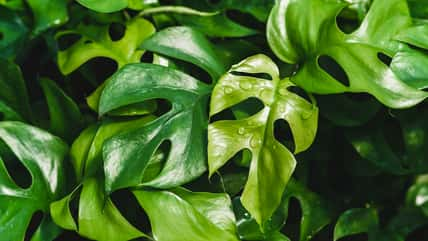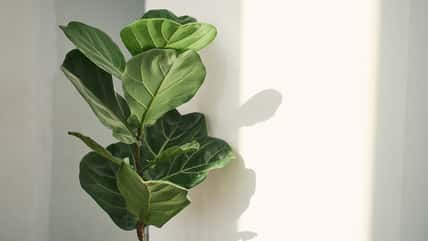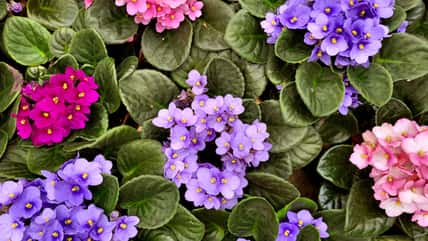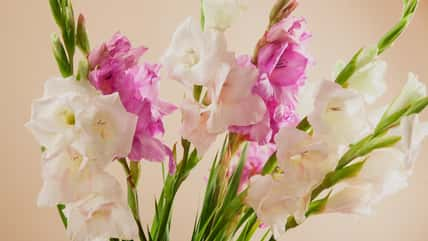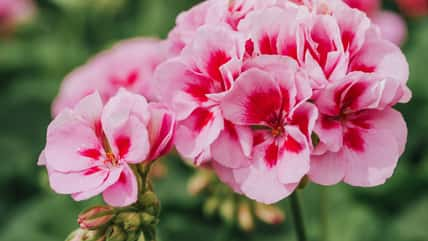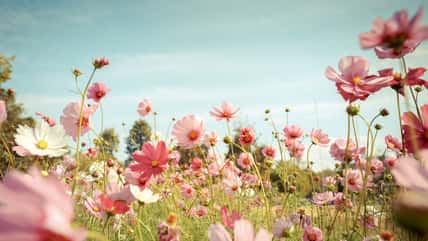This Is Everything You Need To Know About Growing Chickpeas, A Nutritious Legume Packed With Protein
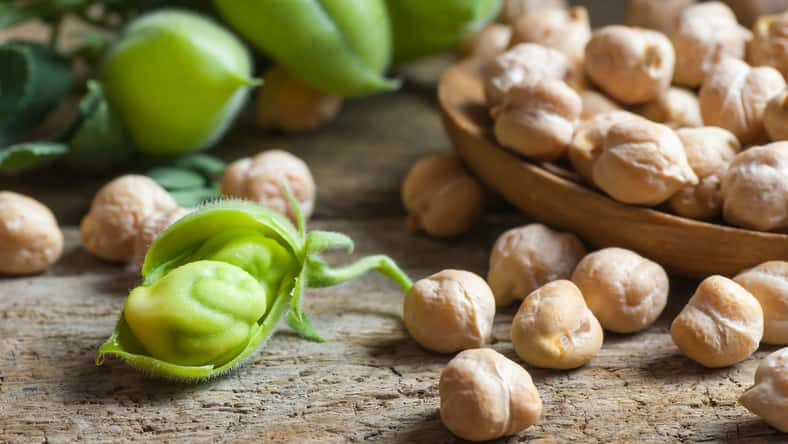
Chickpeas have become a beloved staple in kitchens across the globe because they’re packed with protein, help with digestion, and are adaptable to a variety of recipes.
But you might not know that these little beans are also surprisingly easy to grow right in your own backyard.
So, whether you’re an experienced gardener or just looking to try something new, here’s everything you need to know about cultivating these nutritious legumes.
Benefits Of Growing Chickpeas In Your Garden
Growing chickpeas offers more than just the promise of homemade hummus.
Rather, since these plants are legumes, it means they have a superpower: they can fix nitrogen in the soil. This makes chickpeas an excellent crop for natural soil enrichment.
Plus, they’re relatively drought-tolerant once established, making them a good fit for dryer climates or water-wise gardeners.
Choosing The Right Chickpea Variety
There are several varieties of chickpeas, including the common beige-colored ones, black, green, and red types. Each variety also has its own unique flavor and texture.
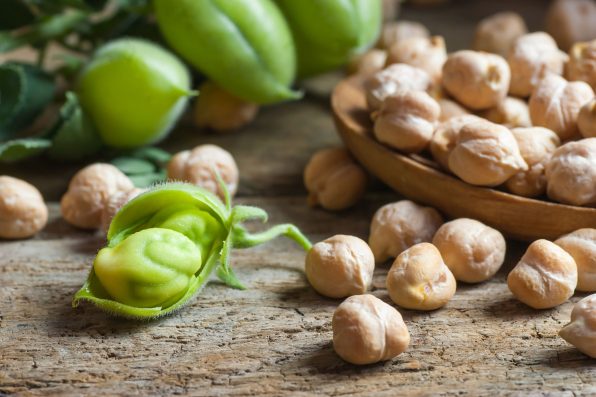
mescioglu – stock.adobe.com – illustrative purposes only
For most home gardens, the Kabuli type, which has larger, lighter-colored beans, is the most popular.
But if you’re looking for something a bit different, the smaller, darker Desi type might be up your alley. They’re especially great for stews and curries.
Planting Your Chickpeas
Timing is crucial when it comes to planting chickpeas. You should plant them in the spring once the soil temperature has warmed to at least 50° Fahrenheit. Then, they will require a long and warm growing season.
Chickpeas also do best in well-drained soil with full sun exposure. So, to get started, sow seeds about an inch deep and four inches apart in rows spaced about 18 to 24 inches apart.
Caring For Chickpea Plants
Once your chickpeas are in the ground, they will actually require relatively little maintenance.
Just be sure to keep the soil moderately moist until germination, then water regularly if there are extended periods of dry weather. Chickpeas generally don’t need additional fertilizer, either, thanks to their nitrogen-fixing ability.
However, you should watch out for pests like aphids and diseases such as blight or mosaic virus, which can be managed with appropriate organic pesticides or by choosing resistant varieties.
Harvesting Your Chickpeas
Chickpeas are usually ready to harvest about 100 days after planting. They can be picked when the pods are green if you want fresh chickpeas, or let them dry on the plant if you prefer them dried for longer storage.
To harvest, simply pull up the entire plant, including the roots, and hang it upside down in a warm, dry place until the pods are fully dried. Then, thresh the pods to release the chickpeas.
Culinary Uses For Your Home-Grown Chickpeas
After harvesting, the fruits of your labor will be super versatile in the kitchen.
Fresh chickpeas can be used in salads or sautéed as a side dish. Dried chickpeas also have numerous uses. They can be ground into flour, cooked, and made into dips like hummus or even added to soups and stews.
So, their nutty flavor and hearty texture make them a fantastic ingredient to experiment with in your recipes.
Sign up for Chip Chick’s newsletter and get stories like this delivered to your inbox.
More About:Gardening
